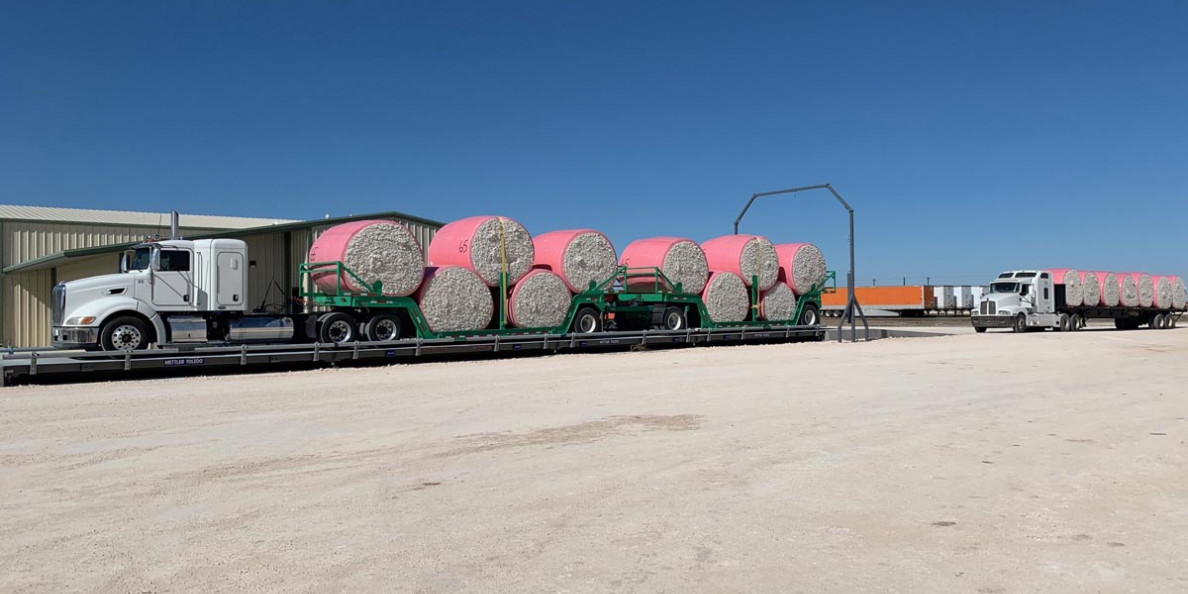By Yangxuan Liu, Ag Economist, University of Georgia
For cotton producers, 2020 has been a whirlwind of uncertainty. The unfolding of the pandemic severely interrupted the global cotton supply chain. To control the spread of the virus, lockdowns and social distancing have been implemented in many parts of the world.
The cotton industry suffered tremendously from the temporary closure of textile factories and shopping malls. The decline of global cotton demand, trade uncertainty, and economic downturn due to Covid-19, all these factors combined created downward pressure for U.S. cotton prices for 2020.
Looking ahead to 2021, uncertainty for the cotton market still exists, but hope is in the air. Progress with Covid-19 vaccines and treatment has lifted consumer expectations, and uncertainty has receded.
As a result, cotton prices are on the road to recovery for 2021. Factors continuing influencing 2021 cotton prices include subsequent waves of Covid-19, efficient vaccination to control the disease, global economic recovery, fiscal and monetary policies, and the trade situation.
Where Cotton Fits
Cotton products are discretionary items, and thus, cotton consumption follows the trend of the global economy. According to the December 2020 report released by the Organization for Economic Cooperation and Development (OECD, after a sharp decline in the global economy in 2020, global GDP is projected to rise around 4.25% in 2021 to pre-pandemic levels by the end of 2021.
Similar trends are also observed for the U.S. economy. Real gross domestic product (GDP) in the U.S. increased an annual rate of 33.1% in the third quarter of 2020 after a 5% decline in the first quarter and a 31.4% decline in the second quarter of 2020
The collapse in employment in the U.S. has partially reversed. The unemployment rate in the U.S. dropped to 6.7 % in November 2020, down from a peak of 14.7% in April 2020 during the COVID-19 lockdown.
The unprecedented government and central bank actions avoided the worst damage to the global economy. Without these massive policy supports, the economic and social situation would have been calamitous and would take a long time to recover.
Crop And Sales Projections
Looking forward, the fiscal and monetary policies by major economies in the world and whether efficient vaccination can be achieved will shape the direction and speed of economic recovery.
Global cotton mill use is forecast at 114 million bales in 2020, 11.8% (12 million bales) above 2019, but still significantly lower than 2017 and 2018 levels. China and India are the leading countries for the rebound of cotton consumption.
Retail sales in clothing and clothing accessories in the U.S. recovered to 19 billion dollars in October 2020 after experienced in April 2020 an 86% decline from the peak. World cotton production in 2020 is forecast at 116.1 million bales, 5% (6 million bales) below the previous year.
The world ending stocks are projected at 101.4 million bales, the second-highest level on record. Cotton prices are expected to recover from the 2020 price level. However, there is still a long way to go before the cotton price to recover to the pre-Covid level.
U.S. cotton production is projected at 17.1 million bales in 2020, 14% (2.8 million bales) below the 2019 crop. The U.S. planted acreage for upland cotton was forecast at 11.9 million acres, down 11.7% (1.6 million acres) from last year.
The U.S. cotton exports are projected at 14.6 million bales for 2020, 930,000 bales below the 2019 crop. The U.S. dollar weakened since March of 2020 when the pandemic worsens in the U.S, and the Fed eased the monetary policy with low interest rate to stimulate the economy. This weakening of the U.S. dollar supports U.S. cotton exports as the relative price of U.S cotton falls.
U.S. ending stocks are projected at 7.2 million bales in 2020, compared to 7.25 million bales in 2019. The high level of ending stocks in the U.S. continues the downward pressure on U.S. cotton prices.
The season-average farm price is projected at 64 cents per pound for the 2020 crop by USDA, compared to 59.6 cents per pound for the 2019 crop and 70.3 cents per pound in 2018.
Prices In 2021: Best Case, Worst Case
U.S. cotton acreage and production would be more likely to continue the downward trend for 2021. The road ahead is brighter but still challenging. Managing the pandemic will still impose strains on the economy and recovery of the cotton market.
As this is being written on December 8, 2020, futures prices for December 2021 delivery are currently around 71 cents per pound. The cash prices for the calendar year of 2020 ranges from a low of 44.66 to a high of 70.55 cents per pound.
The longer-term damage to cotton consumption by the pandemic may take a while to resolve, and producers need to adjust their production practices to improve productivity or cutting costs.
The optimistic likely price for 2021 is 67 to 72 cents per pound. The pessimistic likely price for 2021 is 62 to 66 cents per pound. For planning and budgeting projections, a price of 66 to 70 cents per pound is suggested for 2021.


